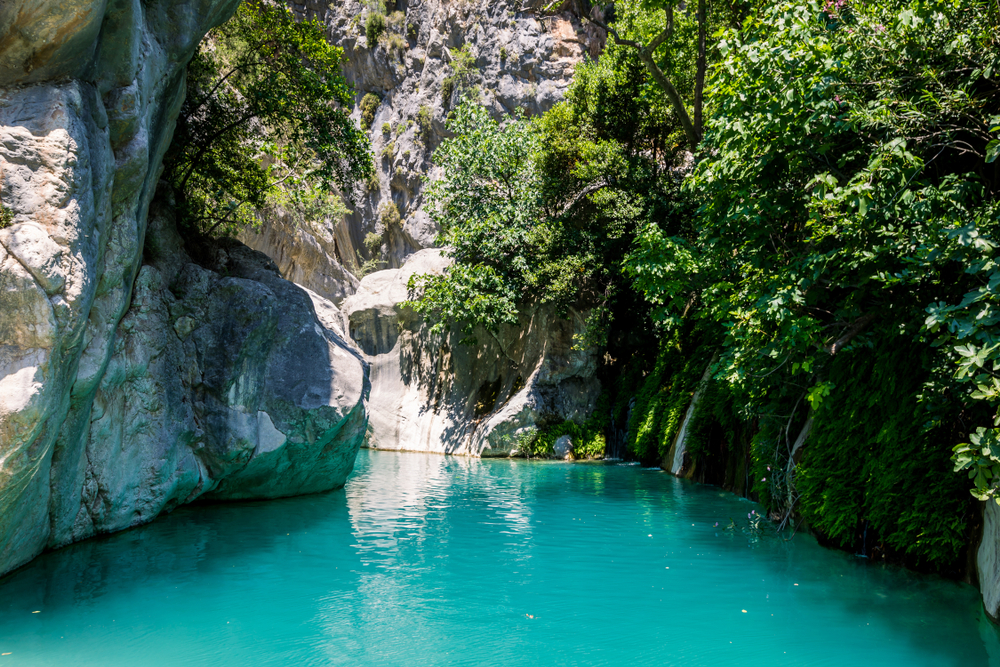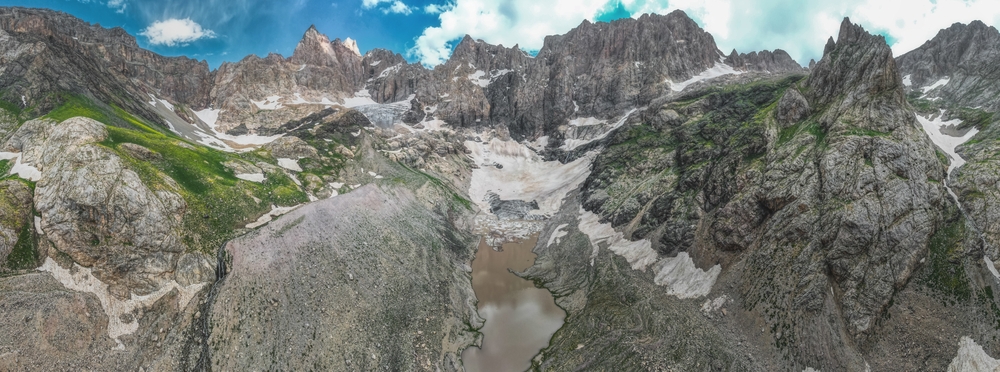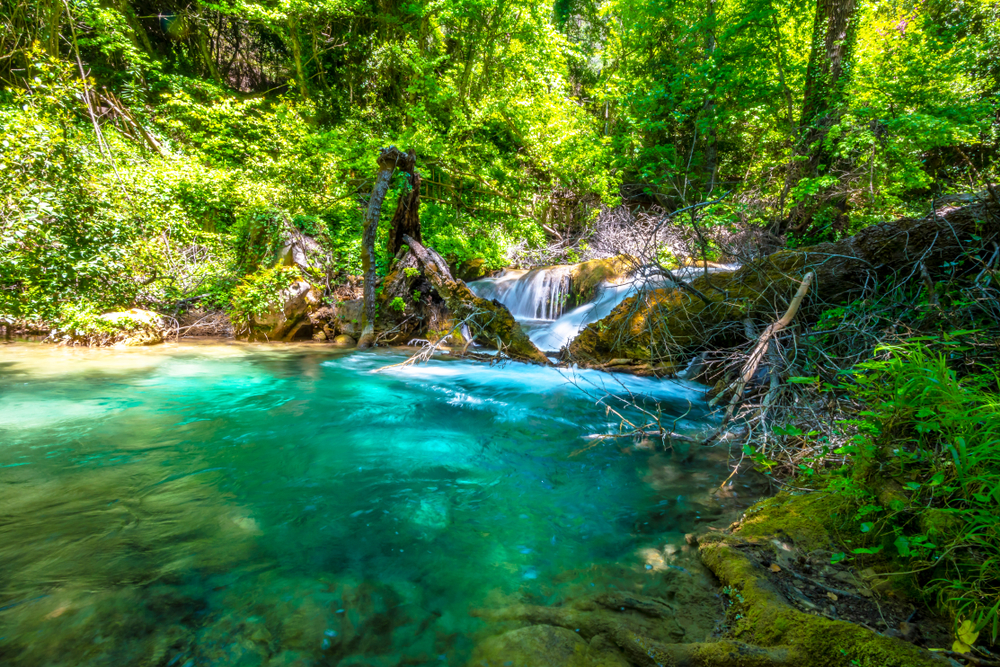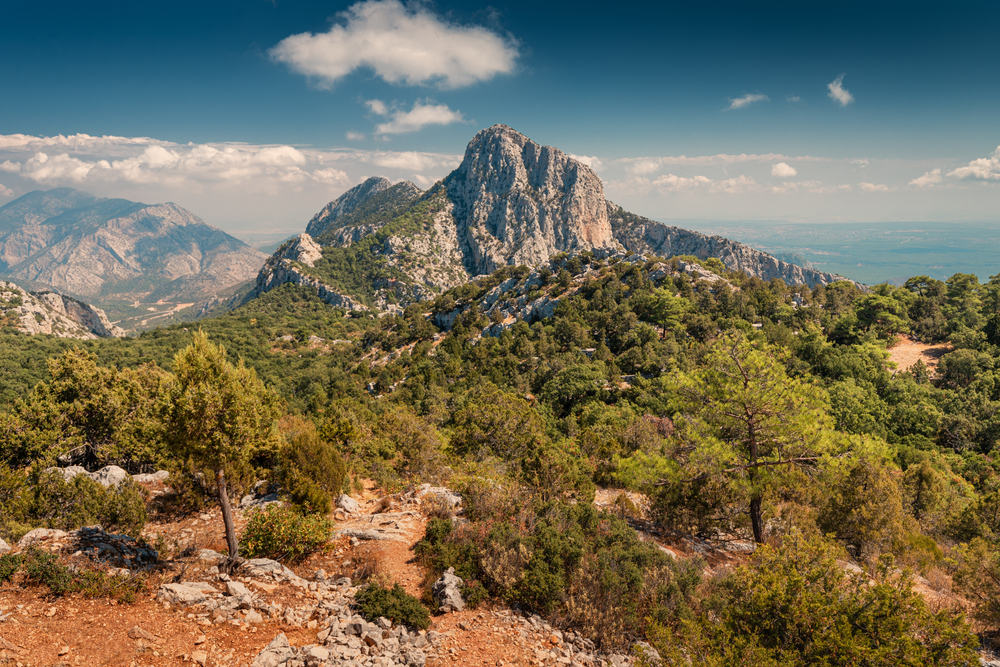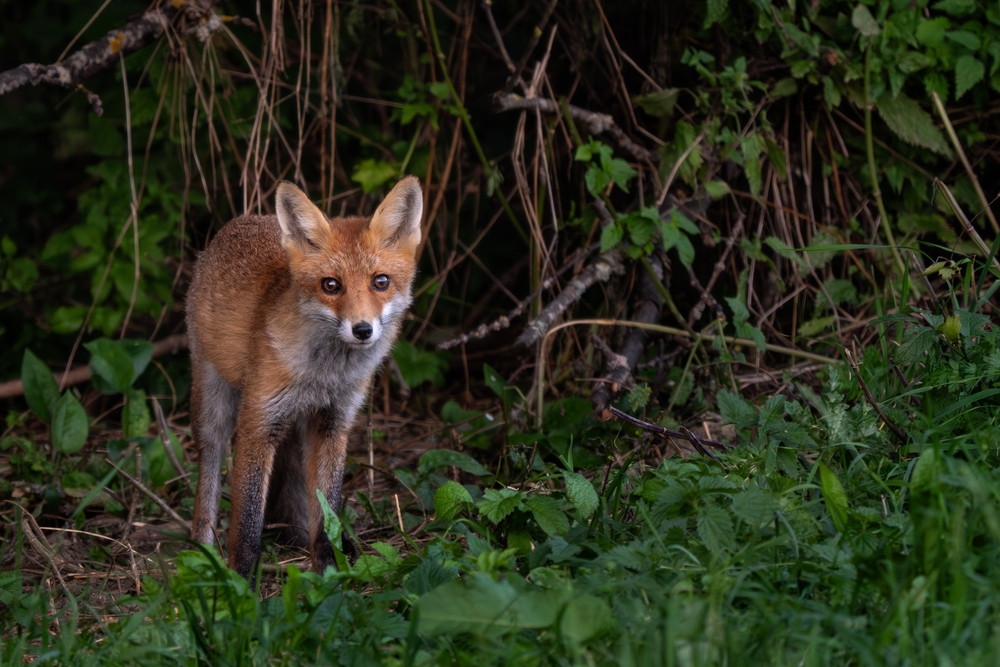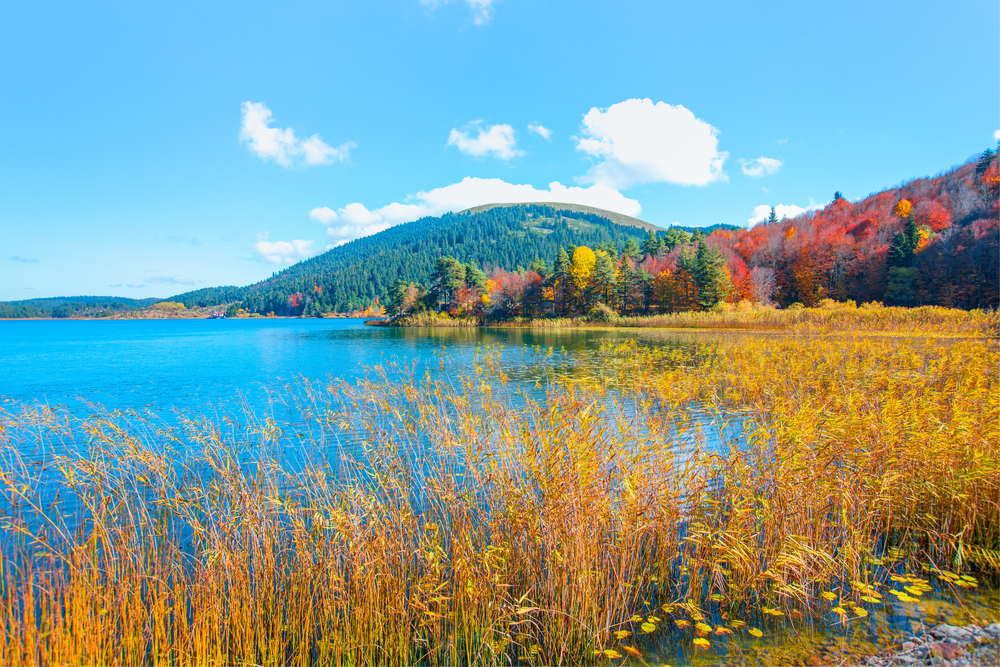Saklikent Overview
Saklıkent National Park, known locally as Saklıkent Milli Parkı, is a striking protected area located in southwestern Turkey within the Muğla Province. Covering an area of approximately 6.9 square miles (17.8 square kilometers), the park lies near the Mediterranean coast, not far from the cities of Fethiye and Antalya.
Its most famous feature is the Saklıkent Gorge, one of the deepest canyons in Europe, carved over millennia by the waters of the Esen River. This dramatic chasm reaches depths of 980 feet (300 meters) and stretches for nearly 11 miles (18 kilometers), making it a magnet for nature lovers and thrill seekers alike.
The terrain of Saklıkent National Park is dominated by the rugged limestone slopes of the Akdağlar Mountains, which tower above the gorge and feed the rushing waters below with snowmelt. The canyon itself features steep, narrow walls, often just a few feet apart, where cool waters run through smooth rock corridors.
The surrounding landscape blends Mediterranean scrubland with pine and cedar forests higher up the slopes. In spring and early summer, wildflowers emerge along the trails, and mosses and lichens thrive along the damp walls of the gorge. Waterfalls and natural springs add to the park’s raw, refreshing atmosphere, especially where the river tumbles over polished stone.
Wildlife in Saklıkent National Park is diverse, reflecting the park’s range of elevations and habitats. Among mammals, foxes, wild boars, and mountain goats are occasionally spotted in the forested and mountainous areas. Reptiles such as lizards and tortoises are common along the warmer, rocky terrain.
Birdlife includes species such as the Eurasian jay, golden oriole, and various types of warblers and finches. Birds of prey like eagles and kestrels can sometimes be seen gliding above the cliffs. The relatively undisturbed habitats provide important refuge for these animals despite the park’s growing popularity.
Saklıkent Gorge is the park’s defining attraction and a centerpiece for visitors. In the summer months, tourists wade and hike through the canyon’s chilly, ankle- to waist-deep waters, venturing into its cooler interior to escape the Mediterranean heat.
Small wooden platforms built along the canyon’s entrance host cafes and restaurants perched above the river, offering scenic resting spots. Beyond the gorge, the park features walking paths, forested picnic areas, and viewpoints with sweeping panoramas of the valley below. Canyoning, river tubing, and guided hikes are common ways for visitors to engage more actively with the landscape.
Management efforts at Saklıkent National Park aim to balance public access with ecological preservation. Seasonal regulations are in place to limit activity during periods of high water or breeding seasons for wildlife.
While tourism brings economic benefits to surrounding communities, increased foot traffic has led to erosion and littering challenges. Conservation efforts include ongoing educational campaigns and infrastructural improvements to reduce impact.
The park’s success in maintaining the gorge’s natural state while welcoming thousands of visitors annually is seen as a model for eco-tourism in the region.








































































